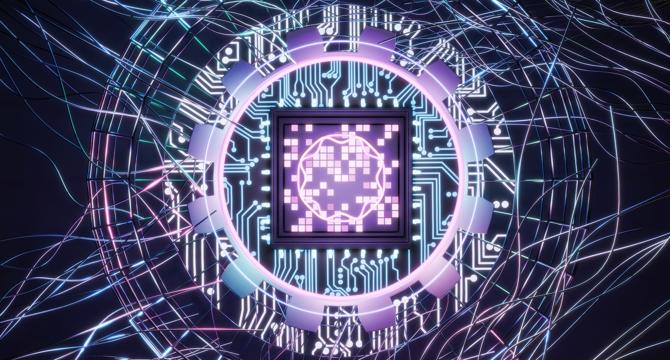Livescience
2M
157

Image Credit: Livescience
What are neural processing units (NPUs) and why are they so important to modern computing?
- Neural Processing Units (NPUs) are circuitries designed to mimic the human brain's parallel architecture, unlike traditional CPUs.
- NPUs have a history dating back to the mid-1940s, with Warren McCulloch and Walter Pitts' neural network being early examples.
- The resurgence of neural networks occurred in 1986, gaining traction with the success of speech recognition in the early 2000s.
- NPUs, inspired by the brain, utilize deep learning instruction sets to execute computations with great speed and low power consumption.
- Applications of NPUs include edge detection in photos, AI-powered features in smartphones, and enhancing video calls.
- NPUs have gradually become integrated into various devices such as smartphones, laptops, and even Windows PCs for AI-enhanced functionalities.
- NPUs are expected to advance rapidly, potentially doubling their processing power every year or two, leading to more sophisticated AI applications.
- Future implications of NPUs include the development of personal AI agents and their integration into a wide range of devices, transforming user experiences.
- NPUs have the potential to revolutionize various industries, from personalized news services to AI-powered humanoid robots that understand human behavior.
Read Full Article
9 Likes
For uninterrupted reading, download the app